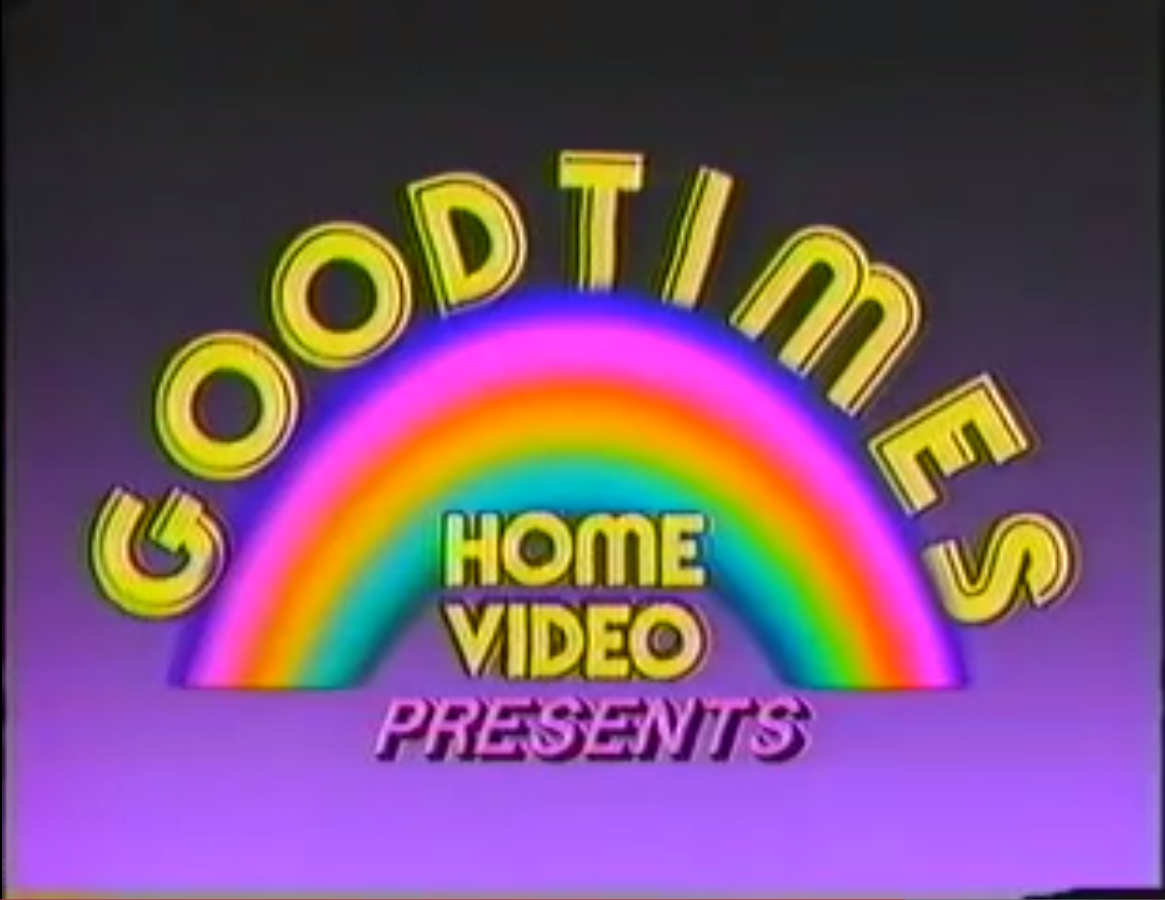


Despite these changes, however, GoodTimes continued to produce animated films based on public domain "knockoff" titles. Īs a result of this lawsuit, GoodTimes was required by law to print its name atop all of its future VHS covers, in order to clearly demonstrate to the public at large that this was not the " blockbuster" title that they would be purchasing. The Walt Disney Company sued GoodTimes in 1993 because the videotape packaging closely resembled Disney's, allegedly creating the potential of confusing consumers into unintentionally purchasing a GoodTimes title, when they instead meant to purchase a film from Disney. This was largely legal, as the stories of the big-budget films were based on folk tales that had long been in the public domain, and the major studios had little room to claim exclusive rights to the stories or the main characters. Many of its home-video titles-such as Aladdin, Beauty and the Beast, Pinocchio, Sinbad, The Little Mermaid, The Three Musketeers and Thumbelina-were named similarly or identically to big-budget animated films from other studios (though their plots were sometimes very different), and GoodTimes would often release these films close to the theatrical/home-video releases of other studios.
#Goodtimes entertainment logo series
Though the company also produced and distributed many low-priced fitness videos, its most recognized line of products were the series of low-budget traditionally animated films from companies such as Jetlag Productions, Golden Films, and Blye Migicovsky Productions, as well as a selection of the works of Burbank Films Australia. “We believe the company is set up for an extended, uninterrupted period of drilling, assays and results.GoodTimes began with the distribution of copies of public domain titles. “The company recently completed a placement at $1.20 a share, with cornerstone investments from major shareholders Mark Creasy and IGO Ltd ( ASX: IGO).”ĭespite the massive share price, Garipoli feels the May announcement simply puts Galileo in pole position for further gains in the future.

“In early May, Galileo announced a significant discovery of palladium and platinum, which has since resulted in a soaring share price,” said Garipoli. Most of that mind-blowing climb came in May, to close Monday at $2.35. The Galileo Mining Ltd ( ASX: GAL) share price is now, incredibly, 359% higher than where it started this year. ‘A significant discovery’ that sets up the future The company is due to report its financials on 30 August. “All acquisitions are, or have the potential to be earnings per share accretive, adding growth to the company going forward.”Ĭoverage is sparse for the $765 million company, but both analysts currently surveyed on CMC Markets rate DGL shares as a strong buy. “Since listing in May 2021, the company has beaten prospectus forecasts and continued to grow aggressively via organic acquisitions,” he told The Bull. Garipoli is definitely impressed with DGL‘s growth. Perhaps this is why the share price has risen 40.6% over the past 12 months. In fact, DGL has been busy acquiring smaller players such as Temples’ chemical storage business and Flexichem Australia. It’s an industry that’s notoriously difficult for newcomers to enter and seriously challenge the incumbents. Two ASX shares that fit this logic were named this week by Seneca investment advisor Arthur Garipoli as buys: Growth by shopping spreeĭGL Group Ltd ( ASX: DGL) is in the business of making, distributing, and warehousing industrial chemicals. So if a stock can rise through that muck, then its business model must operate reasonably independently of those external factors. Most ASX shares lost much value in 2022, especially through the first half, as rampant inflation, rising interest rates, war in Europe, and supply constraints put unprecedented pressure on performance. If a company has thrived through the past 12 months, one could argue that it is pretty resilient through tough times.


 0 kommentar(er)
0 kommentar(er)
